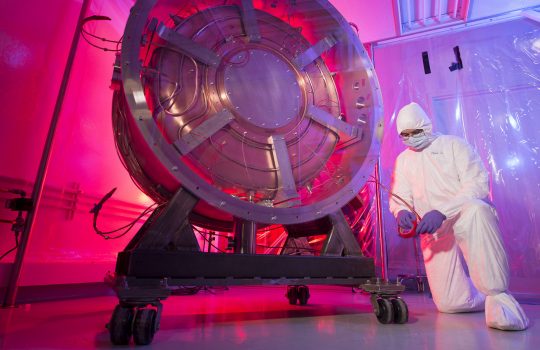Breakthrough made on the next big step to building the world’s most powerful particle accelerator
From the UKRI’s Science and Technology Facilities Council, Feb. 5, 2020: For the first time scientists have observed muon ionization cooling – a major step in being able to create the world’s most powerful particle accelerator. This new muon accelerator will give us a better understanding of the fundamental constituents of matter.



